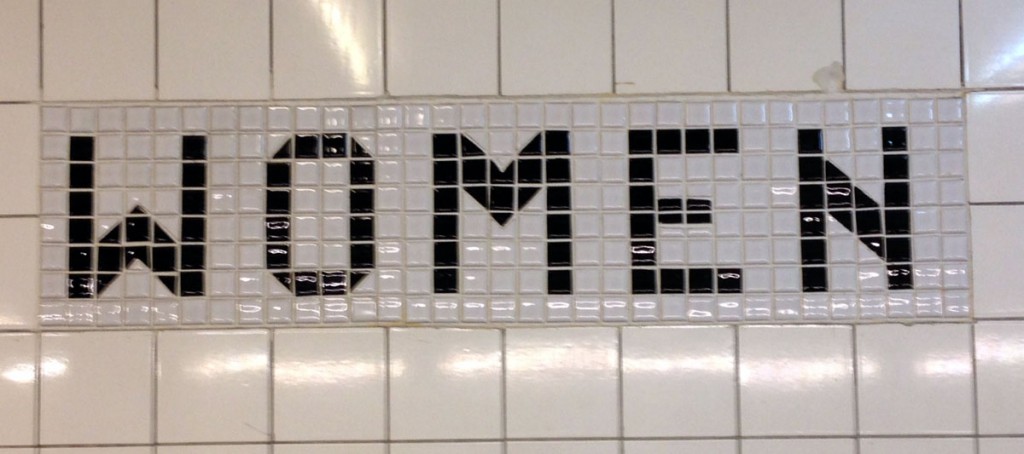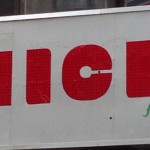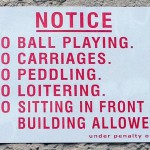Today, you will be taught by Prof. Marianna Trofimova. She is a renaissance woman, really an amazing person! Talk to her, she is a visiting scholar just like Prof. Giuliani yesterday!
Today, you will be concentrating on figuring out how you will produce the imagery and designs for the zine.
To recap:
- Your zine will be 12 pages, including the covers. The booklets will be made of 3 sheets letter-sized paper folded in half and stapled on the crease (saddle stitch).
- You can design in color (we will discuss images and color next week), but you may print the booklets in black and white if you want (color can be pricey). The interactive version can be color without any cost.
- You must make your zine about something you care about passionately.
- You must make all of your images and write all of your text, although some quotes (credited, of course) are allowed.
- Yes, you can design these with a great deal of freedom, but we will be crafting the typography so that we use and explore all of the techniques, rules, and guidelines we have covered so far this semester. This is NOT a free-for-all!
- You may use up to 3 different fonts in your zine. You may use different weights and styles of those fonts, but I will definitely reign you in if you start going wildly off track.
Classwork
Group critiques: You will be split up into groups of 3 or 4. Each person will present their ideas and get feedback for 6 minutes.
When you are presenting:
- You need to be succinct. Say what you are doing, why you are doing it, and who you hope will read it.
- No excuses! Just show what you have and let the group kick in with feedback.
- No dawdling! I understand, your classmates are interesting, but you have work to do. Keep the crit on target.
When you are critiquing:
- It does not matter if you like the work. You are there to help that designer do his/her job better, not just please you.
- “I like it” and “I don’t get it” are equally lazy things to say. Tell the designer what is working for the intended purposes and audience and what is not, what else can be done and what should be abandoned and why. Help the designer come up with his/her next steps.
- You may have to critique the work of people you think are not doing a very good job. This is your chance to show some care for others, develop the muscles that will help you become creative directors later on. think of all of your classmates as team mates, help them all get better. Every moment is a possibility to teach and learn.
Imagery:
You are going to see several easy ways to create imagery.
- Drawing
- Collage
- Printmaking (remember, you have the know-how to carve your own images, so get. on. it.)
- Photography
- Paper sculptures: you can photograph these and make all kinds of cool stuff !
- Have your friends act things out and take pictures of them! Use your imagination!
- Painting
- Pen & Ink
Homework
- Zine: You need to have your images developed as sketches. These can be rough, but they need to be worked out and ready for development. I will start bringing the scanner every class I can as of next week and we will begin to lay the designs out digitally once we discuss resolution and color.
- Type Journal: Keeping your subject matter in mind, find 3 fonts you might work with in your zine. On your type journal, discuss why you like each one and how you hope to use it.
I will see you next week!









